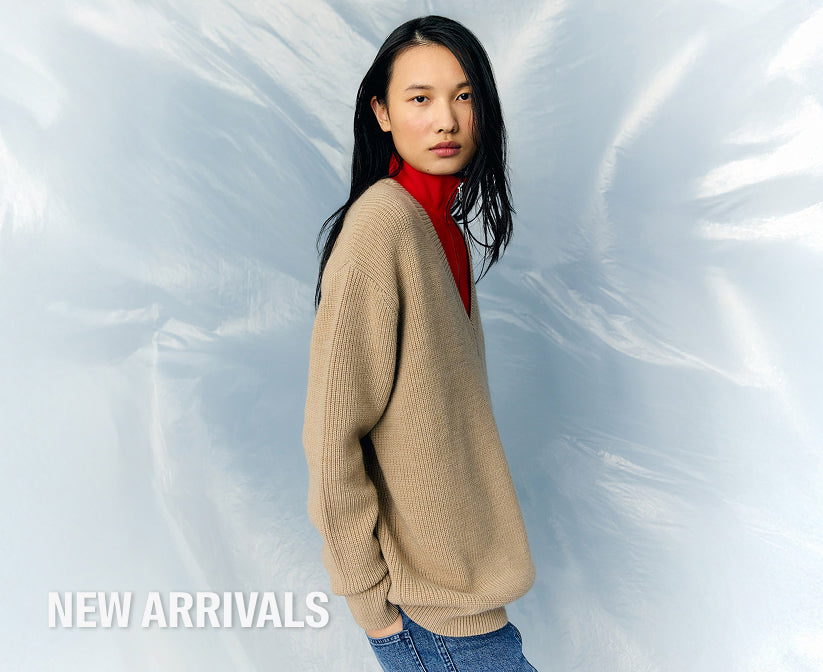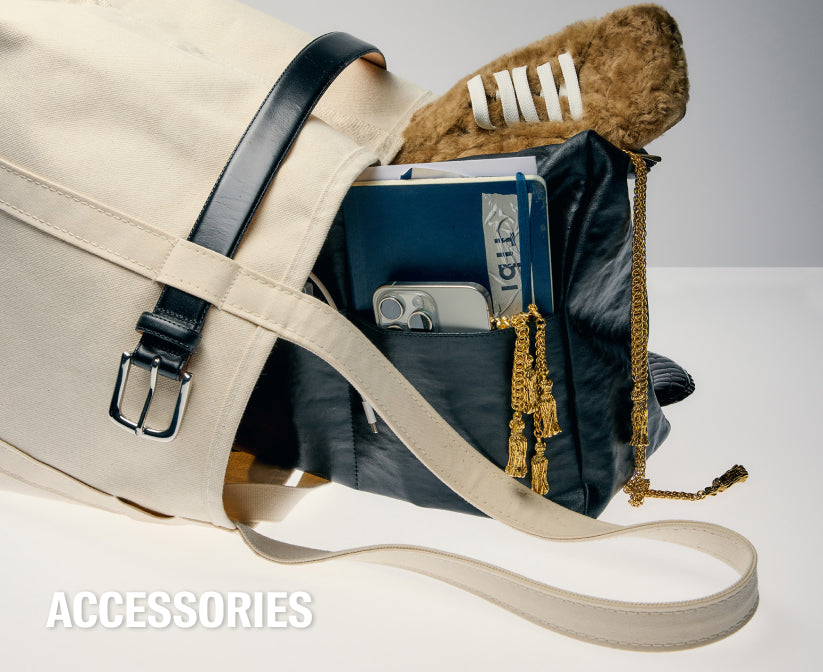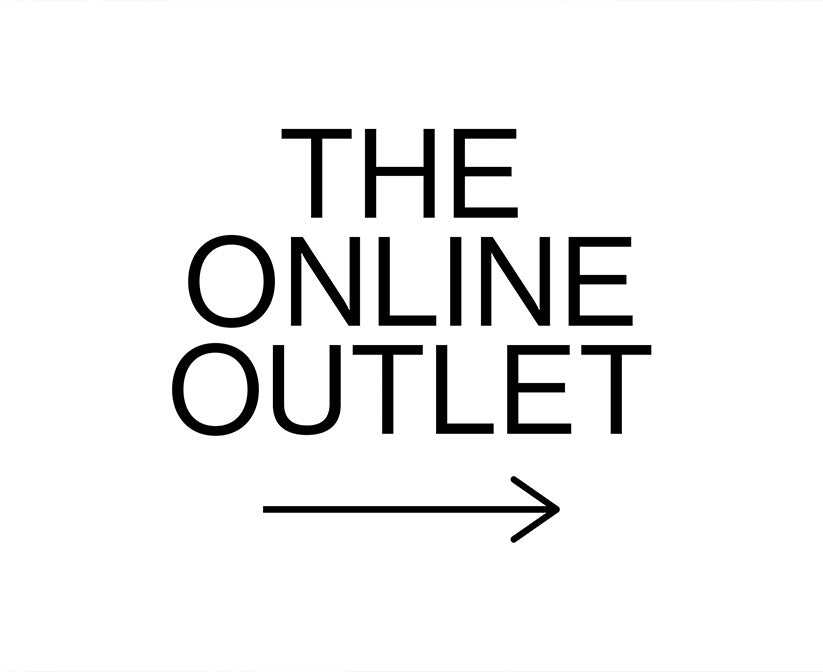When I was in high school, I worked in a luxury clothing boutique. There was a chic and much older saleswoman who always wore shades of brown. She told me her secret to being chic was “Everything I buy is in shades of brown. All the pieces work together in my closet; it complements my skin tone, and dressing tonally is “tres sophistique”. Ok, true. Somewhat. But the reality is that that singular approach to dressing will leave you feeling flat and repetitive on most days. As Creative Pragmatists, even though we have a core style that’s multi-dimensional: chill, modern and classic (page 35 in The Creative Pragmatist Book). Couple that with the many different emotions we want to express, daily, then you can see how such a constricted approach to styling does not apply. To us.
So how do we achieve range in our closet, express ourselves through myriad colors, and still retain our through-line? In other words, how do we make sure we look like “ourselves?” The answer is not complicated, but it does require thinking a bit differently about what color represents and a predisposition to consider it singularly. Through the ages, fashion magazines and books have labeled style through either/or’s. If you wear colors in Ring 1 & 2, you are an urban minimalist. Ring 3? That’s for the Zen masters, yoga mat in tow. And Ring 4, you are fun and girly or the exuberant socialite.
Many of you know now that the source of frustration in your closet, or when shopping, has not been driven by lack of choice. Rather, it’s been a bit of an undoing of the mind fuck of what you’ve learned, understanding who you are, and how to articulate that visually through your personal style. You know that being “boxed” into certain tropes is incredibly frustrating, it handicaps creativity and your ability to express yourself without being labeled as chaotic and all over the place (even if it’s just you doing the labeling).
The tropes:



